Table of Contents
Foam rolling is a technique of self-myofascial release (SMR) using a foam roller. It is especially popular with athletes and therapists who use it against pain and muscle ache, for stretching or for a short warm-up before or after workout.
Foam roller is an effective tool that has positive effects because it improves your body flexibility, range of movement and last, but not least, it reduces muscle pain.
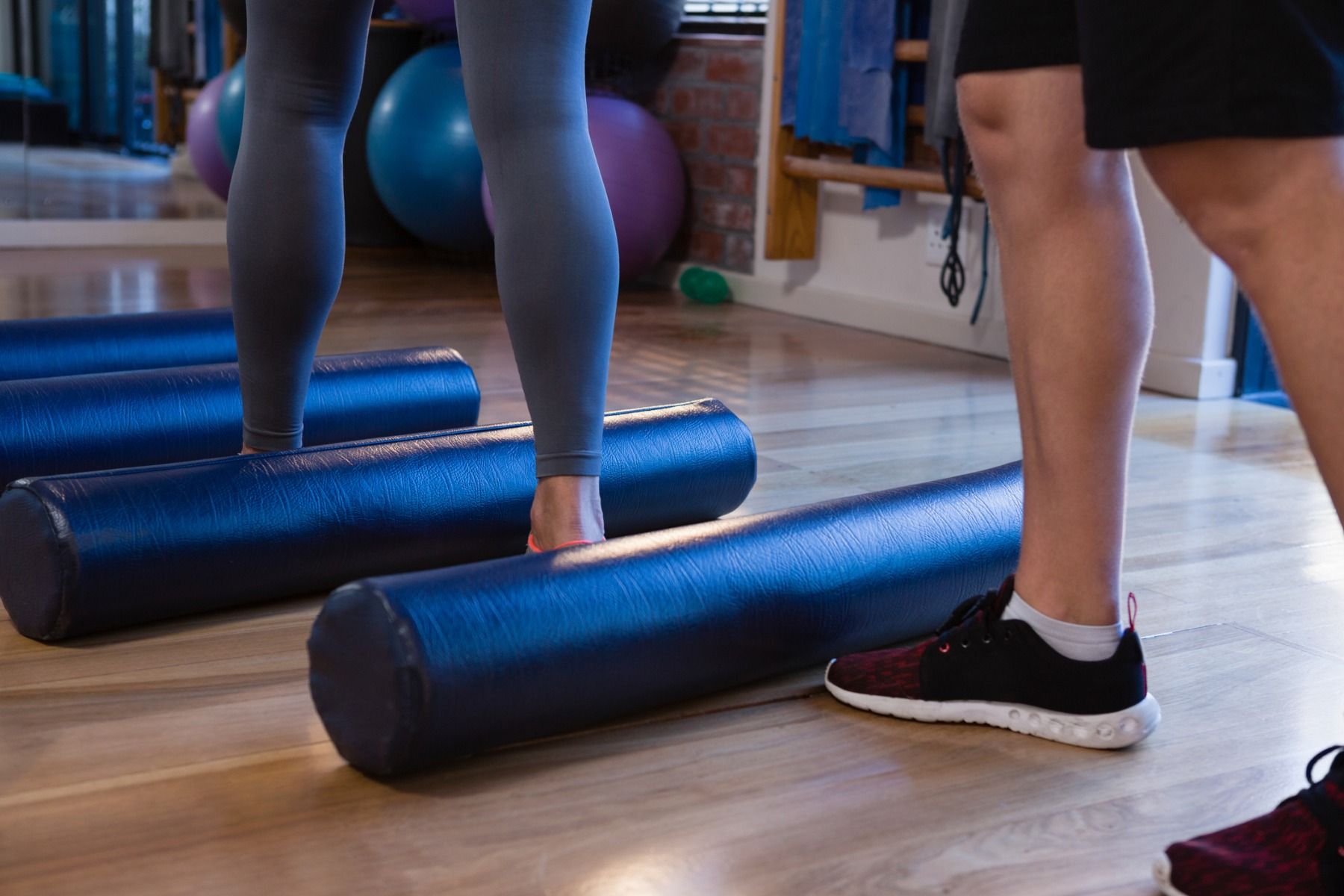
Foam roller is not completely new on the market as it appeared few years ago. However, some time ago, almost nobody had an idea what exactly it does and what benefits it offers. In this article, you will find out more about foam roller for stretching, improving the flexibility and stability of the body.
What is self-myofascial muscle release?
In order to understand how foam roller works, we first need to explain the concept of self-myofascial release (SMR). It is a technique that was developed by Mark F. Barnes and it aims to reduce the effects of barriers between the layers of fascial tissue. It is a hard connective tissue that surrounds and connects muscles, organs, bones, tendons, ligaments and other body structures. Its role is very important for the human body because it holds our muscles in place, allowing us to move.
Incorrect exercise habits, stress-induced muscle tension, movement restriction, various injuries or dehydration can cause that tissue forms in the connective muscle that will limit the proper ability to perform muscle function. Healthy fascial tissue is maintained by exercise and hydration.
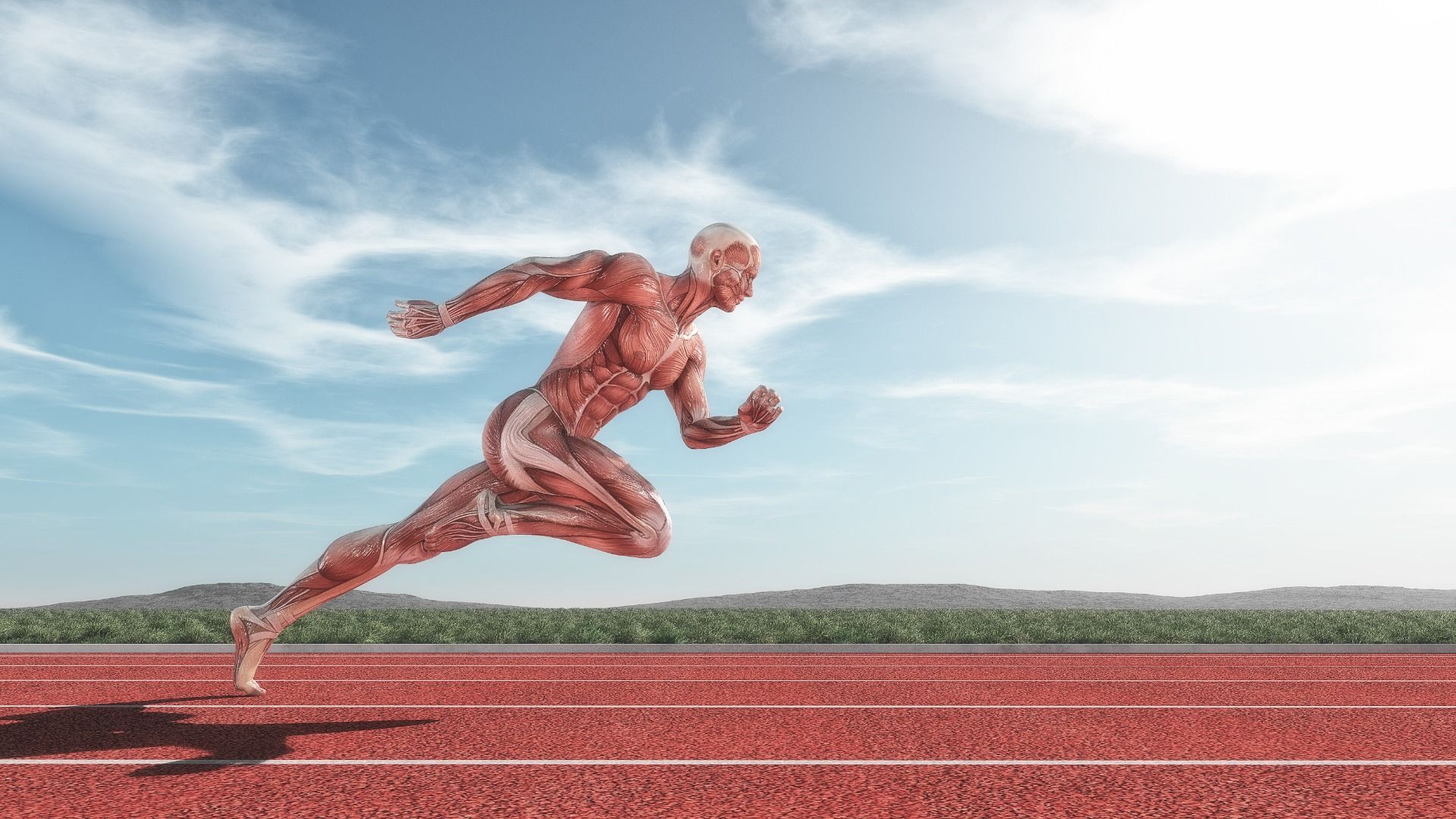
If you have been through an injury or have acquired improper movement habits and poor movement patterns throughout life, the fascial tissue will contract. This will show up, for example, as shortening and stiffening of muscles or pain. If you have a glued fascia at some part, the muscles and joints have less range of movement and are unable to move properly, causing insufficient blood flow. This is when foam rolling can help you.
The self-myofascial release (SMR) technique is becoming more common in the treatment of soft tissue. While in the past it was only used by some groups of professional athletes, fitness instructors and therapists, nowadays, it is widely known among the wider population. This is mainly due to new available information and studies, but also due to affordability of foam rollers.
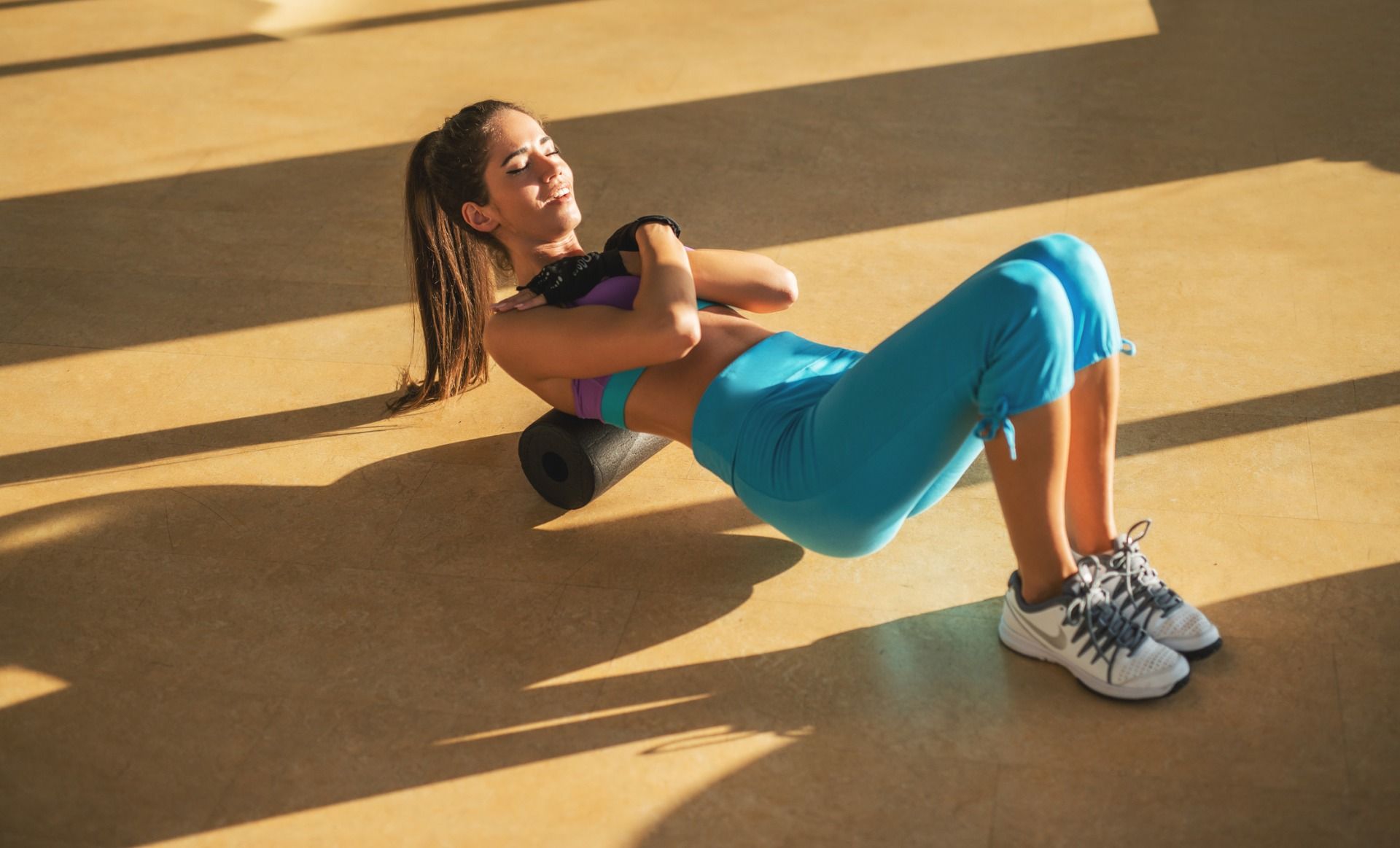
The difference between SMR (self-myofascial relaxation) and myofascial relaxation is that in SMR you use your own body weight for massage. On the other hand, during classical massage, your masseur uses hand and finger pressure to massage your muscles.
You might be interested in these products:
What are the benefits of foam rolling?
Exercise with foam roller has very good effect on our flexibility. In addition, it improves blood and oxygen flow, performance, removes muscle tension and lower the stress. It can also help to eliminate cellulite because it restore tissue elasticity. Study published in Journal of Strength and Conditioning Research shows that myofascial relase using foam roller can greatly increase the range of your movement without any negative effects.
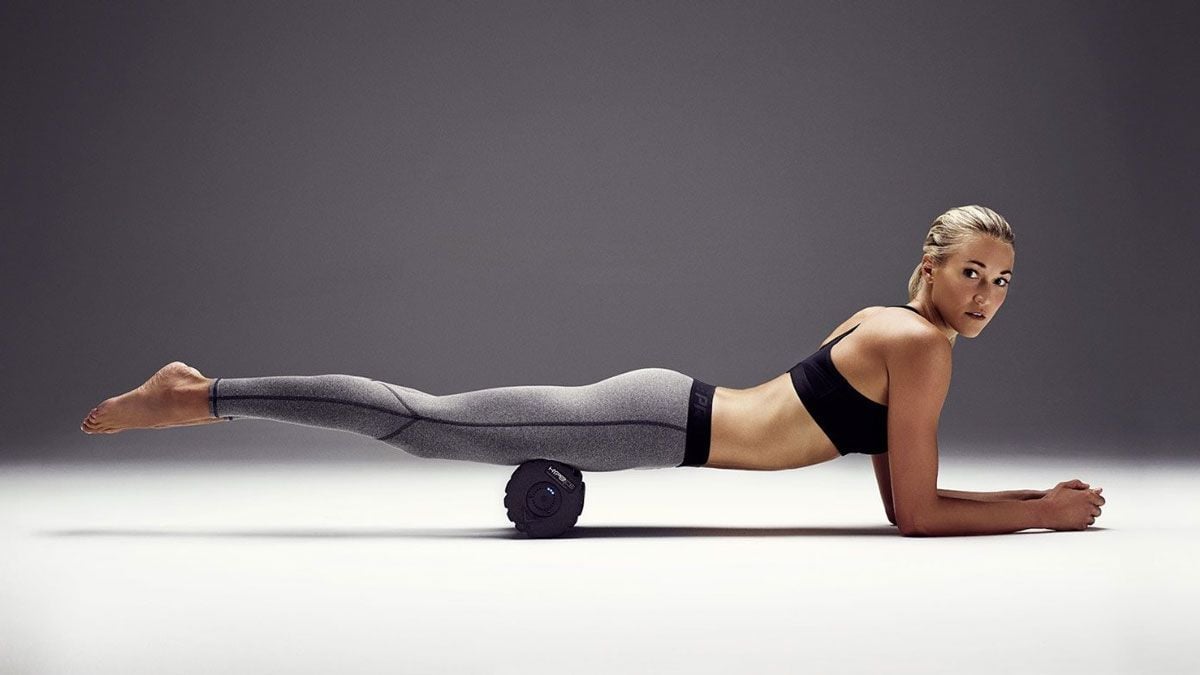
If you often do repeating movements such as running, you usually overload particular muscles, which then need rest. Overusing muscles makes them stiff, which can later cause malfunction. With the foam roller, you can relax these tight spots, allowing the body to function properly again.
How to use foam roller correctly and effectively?
Using a foam roller is very simple. Choose the body part you want to massage and lie down on the top of the foam roller so you can control the pressure with your body.
Slowly roll down and up on foam roller to find tight and stiff spots. Roll the stiff spot for a few seconds and then continue. Perform the exercise slowly, otherwise it may hurt you too much and eventually develop some bruises. By moving slowly, you give your muscles time to adapt and relax with pressure.
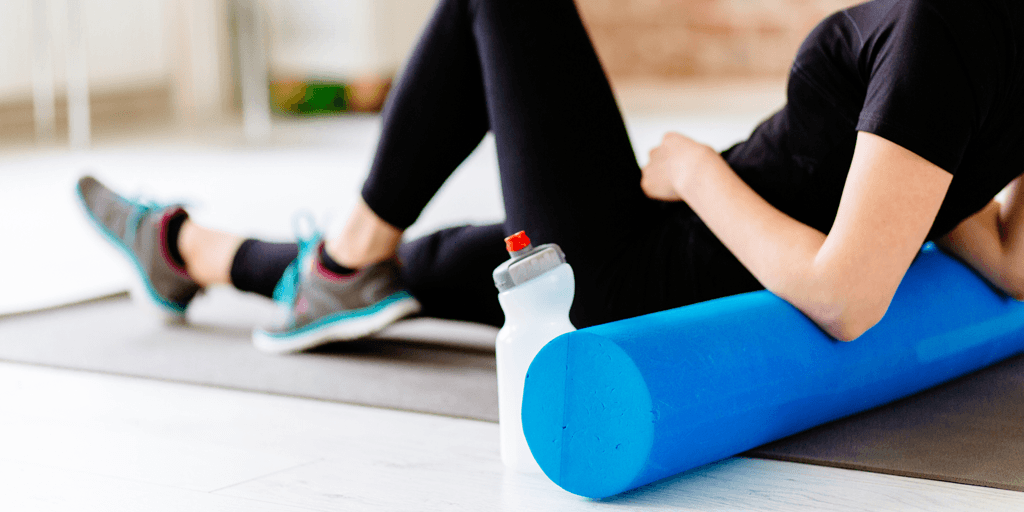
Foam rolling a painful spot will exert the pressure, but you will enjoy it. However, if you find out that you feel pain you are not comfortable with, shift your weight to create less pressure. The most important thing to remember is that you should always listen to your body. You must feel the pain, but it should be relaxing and bearable. Don’t roll directly on a joint or a bone. You should only roll muscles. It may cause joints to hyperextend and cause more pain.
Carefully roll your lumbar!
According to National Academy of Sports Medicine, you should avoid lower back when using a foam roller. Mostly, the pain in this part of the spine is caused by mechanical deformation. The diameter of classic foam roller is approximately 12 cm and it is hard to properly control the lower back position on the roller. If the pain in the lower back is caused by non-mechanical factors, then the foam rolling lumbar area could worsen the condition.
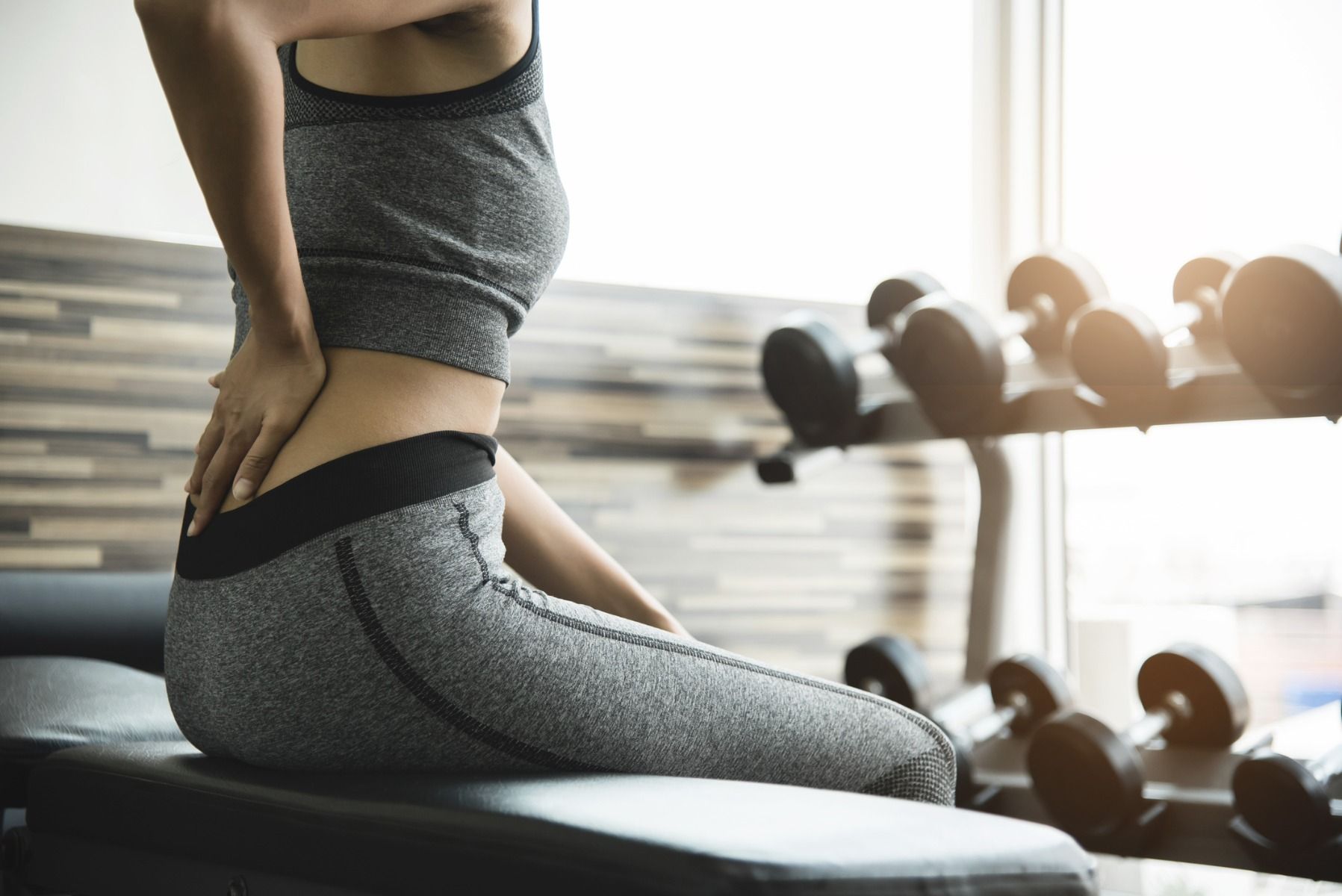
In addition, to use a foam roller safely, target areas that have bony protection for organs. For example, when rolling chest, there is no danger to the heart because the rib cage provides adequate protection. At the lower back area, there are the kidneys and the liver that have almost no bony protection. Thus, they may be protected by large muscles, but are still considered to be at risk, especially when using body weight over a large object such as a foam roller. Consider a smaller massage tool (foam massage ball, for example) that can be more effective and safer in this case.
The most popular foam roller exercises
It is important to mention that foam rolling should not be particularly painful because when it is, muscles begin to contract and will not relax. At the beginning, you may feel a bit uncomfortable, but you should not experience any strong or unpleasant pain. Therefore, try less pressure on the muscle.
Foam roller exercises can be divided according to the area you roll – legs, arms, back, buttocks and chest. There are two basic techniques you can use for each area.
The most popular is classic foam rolling, which implies rolling slowly down and up. You can adjust the pressure by putting less body weight onto the roller.
The second type of foam rolling exercise is rolling side to side. This gives the muscles a different type of relaxation.
The best foam roller exercises
1. Calves
Start sitting on the floor with legs extended out in front of you. Place the roller under your calves. Use your hands for balance. Slowly roll from the ankle to below the knee and repeat. You can roll both calves or alternate legs.
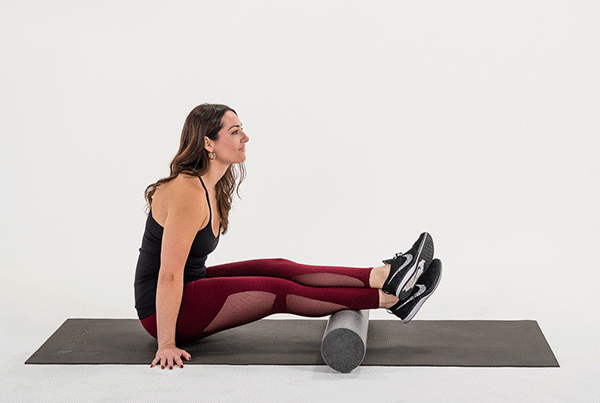
This exercise has 2 variants. If you want to massage your calves more intensively, cross your legs. To exert less pressure, take one leg off the roller and press it against the floor.
2. Hamstrings
Place the roller under the hamstrings, extend the legs and slowly roll from your knees up to your thighs.
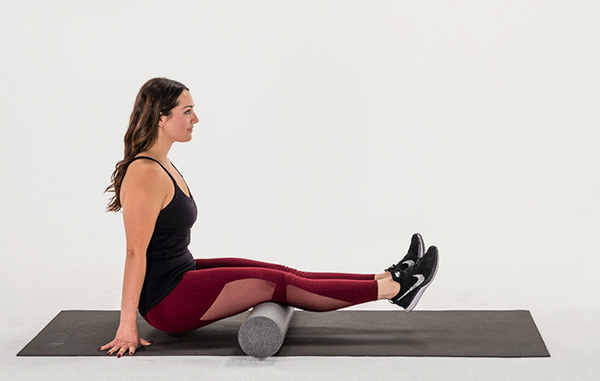
3. Abductors
Lie facedown and place the foam roller under your thigh as you see on the picture. Shift the weight onto the foam roller until you do not feel too much pain. Try to relax muscles and roll from knees to the hips. Repeat on the other leg.
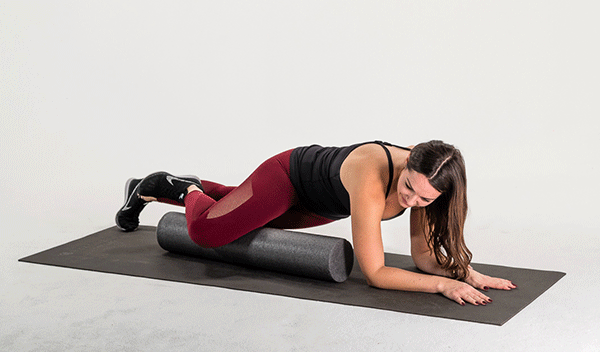
4. Lats
Lie on your left side and bend your right leg until your body allows it. Extend the arm that’s closest to the ground above your head and place the foam roller underneath your armpit. Roll slowly down the side of the back, towards the hip, and go back up.
5. Quadriceps
Lie facedown again and place foam roller under the front of the thighs. Use your hands to keep your balance. Lift your feet off the ground so that they are at the same height as the foam roller. Slowly roll down and up.
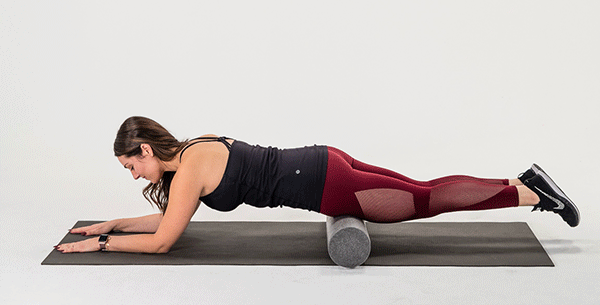
If you want to increase the pressure on your thigh muscles, you can bend your knees.
6. Piriformis
Lie on your side, lean against the mat with one hand, and place the other on your hip. Place a foam roller under the outer thigh and lift your leg. You can support yourself with the other leg – this way you will relieve pressure and maintain balance.
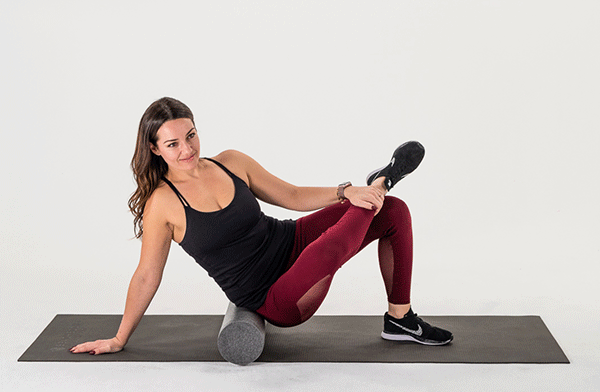
If you are already at a more advanced level of foam rolling, you can also raise both legs at once.
7. Back
Lie with your back on the ground and place the foam roller under the top of your back. Place your hands in front of you as you see on the picture. Lift your hips and butt off the ground and try to keep it from lying on the ground. Move slowly from the neck to the centre of the spine. Warning! Do not roll the lower back!

We believe that this article helped you find out about the benefits of foam rolling. The exercises we have shown will help you to improve your flexibility and relieve tight muscles. What is your experience with foam roller? Do you use it? Write your answer in the comments section, and if you like the article, share it with your friends.
[1] MacDonald, Graham Z.; Penney, Michael D.H.; Mullaley, Michelle E.; Cuconato, Amanda L.; Drake, Corey D.J.; Behm, David G.; Button, Duane C. - An Acute Bout of Self-Myofascial Release Increases Range of Motion Without a Subsequent Decrease in Muscle Activation or Force - The Journal of Strength & Conditioning Research: March 2013 - Volume 27 - Issue 3 - p 812–821 (dostupné online) – https://journals.lww.com/nsca-jscr/Fulltext/2013/03000/An_Acute_Bout_of_Self_Myofascial_Release_Increases.34.aspx
[2] Kristin Canning - Can Foam Rolling Really Get Rid of Cellulite? - February 23,2017 (dostupné online) – http://www.health.com/beauty/get-rid-of-cellulite-foam-rolling
[3] Kylle Stull - SHOULD YOU FOAM ROLL THE LOW BACK? - May 16, 2014 (dostupné online) – http://blog.nasm.org/ces/foam-roll-low-back/
[4] COREY A. PEACOCK, DARREN D. KREIN, TOBIN A. SILVER,GABRIEL J. SANDERS and KYLE-PATRICK A. VON CARLOWITZ - An Acute Bout of Self-Myofascial Release in the Form of Foam Rolling Improves Performance Testing - Int J Exerc Sci. 2014 (dostupné online) – https://www.ncbi.nlm.nih.gov/pmc/articles/PMC4831860/
[5] Kumar, T. Efficacy of core muscle strengthening exercise in chronic low back pain patients, In Journal of Back and Musculoskeletal Rehabilitation 28 (2015), 699-707.
[6] M. F. Barnes - The basic science of myofascial release: morphologic change in connective tissue - JOURNAL OF BODYWORK AND MOVEMENT THERAPIES JULY 1997 (dostupné online) – http://citeseerx.ist.psu.edu/viewdoc/download?doi=10.1.1.487.367&rep=rep1&type=pdf
[7] Kieran Alger - The Benefits of Foam Rolling—And 8 Foam Roller Exercises - January 3, 2018 (dostupné online) – https://www.beachbodyondemand.com/blog/big-benefits-of-foam-rolling
[8] MOLLY RITTERBECK - The Best Strength Moves You Can Do With a Foam Roller - JUN 01, 2016 (dostupné online) – https://greatist.com/move/foam-roller-exercises-the-best-moves-for-strength#_noHeaderPrefixedContent
[9] Andersen LL, Jay K, Andersen CH, Jakobsen MD, Sundstrup E, Topp R, Behm DG. - Acute effects of massage or active exercise in relieving muscle soreness: randomized controlled trial. J Strength Cond Res. 2013 (dostupné online) – https://www.ncbi.nlm.nih.gov/pubmed/23524365

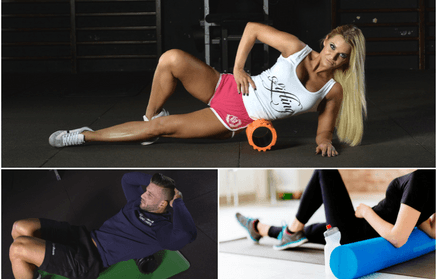
Add a comment